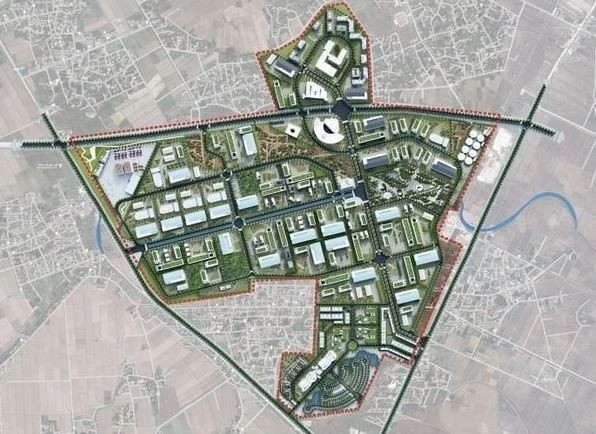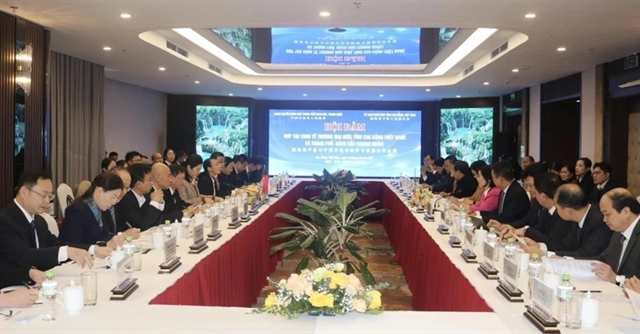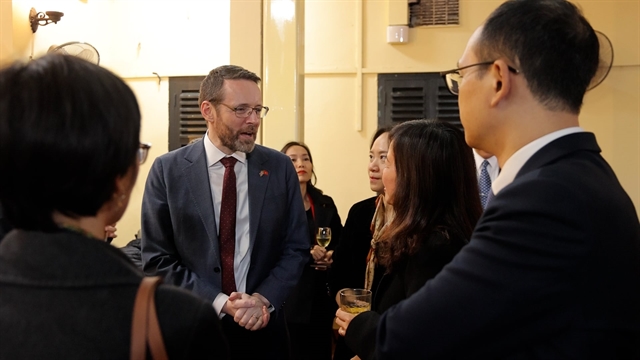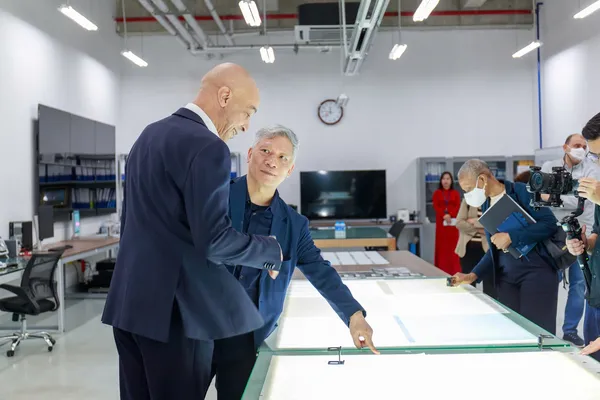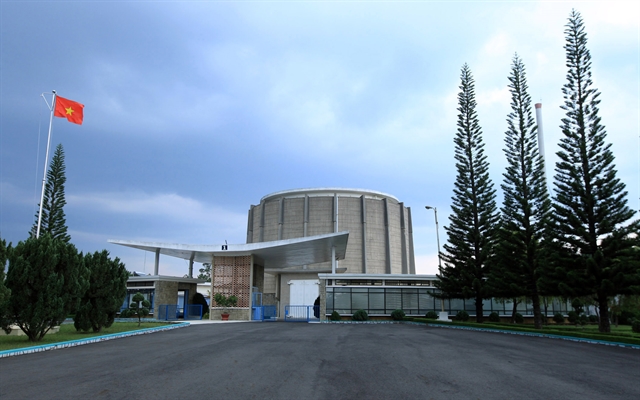

Nguyễn Hoàng Long, head of the Ministry of Health’s Department for HIV/AIDS Prevention and Control, talks to the Tuổi Trẻ (Youth) about plans for HIV/AIDS treatment.
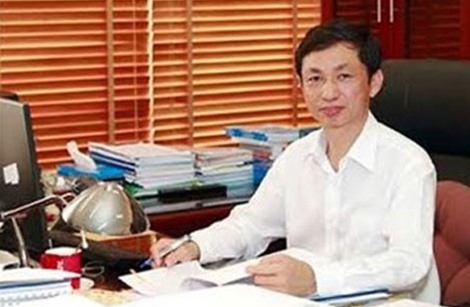 |
| Nguyễn Hoàng Long. |
Nguyễn Hoàng Long, head of the Ministry of Health’s Department for HIV/AIDS Prevention and Control, talks to the Tuổi Trẻ (Youth) about plans for HIV/AIDS treatment.
As international donors have halted support for HIV/AIDS treatment in Việt Nam, how will prevention and control be affected?
There will certainly be difficulties. Every year, there are about 10,000 new cases of HIV/AIDS carriers in Việt Nam. If we do not have proper and timely intervention, there is a great risk of outbreaks.
While other diseases all have vaccines, the only “vaccine” for HIV/AIDS is communications. However, budget for communications is very limited. Meanwhile, condoms, needles and methadone are essential for intervention and prevention. The current methadone source, which is used to replace drugs, is stable for 50,000 users. However, needles and condoms have no supply sources.
In the past, 90 per cent of antiretroviral (ARV) drugs for HIV/AIDS carriers were provided for free by international donors, especially the US President’s Emergency Plan for AIDS Relief (PEPFAR) and the Global Fund to Fight AIDS. But such funding has been rapidly cut down, to 40 per cent this year and will end next year. The Global Fund to Fight AIDS has pledged to run until the end of this year.
We are working on plans to mobilise more fund to continue the programme. Some projects are calling for private fundings. But they are suitable for methadone replacement and providing condoms and needles. It will be more difficult when dealing with communications, testing and treatment for HIV/AIDS.
In 2015, when the information about withdrawing international funding was first made public, the rate of HV/AIDS carriers with health insurance was about 30-40 per cent. So far, the number is only up to some 50 per cent. Do you think the process of providing health insurance is too slow?
We have examined why the rate is so low and learned that many people hesitate to use health insurance as their personal information can be exposed. They are afraid that their HIV/AIDS disease will be stated on the insurance card. In fact, such information will not be on the card. The medical record will be confidential.
To help the patients understand more about the programme, we will provide them with information leaflets about how to buy health insurance, how much they have to pay and where to buy it.
In the past, HIV/AIDS treatment was free so patients did not pay much attention to health insurance. A recent decision of the Prime Minister has set the target of having all patients covered by health insurance by 2020. Also in the past, nearly 400 clinics with ARV supply received fundings for staff salaries, drugs. But now, they will face many difficulties.
How will we deal with difficulties when the funding ends by the end of 2018?
Currently, there are nearly 230,000 HIV/AIDS carriers in Việt Nam, 116,000 of those are receiving ARV treatment. Without donor funds, we will need a huge amount of finance to maintain treatment.
In the past, ARV treatment aimed to reduce the death rate. But now, everyone found to have HIV/AIDS can get ARV treatment for prevention and good health.
The Government has pledged a 90-90-90 model, which means 90 per cent of people living with HIV will know their HIV status; 90 per cent of people who know their status are on HIV treatment; and 90 per cent of all people on treatment will have undetectable levels of HIV in their body.
We are going to reach the first target as some 80 per cent of affected people have been discovered. As for the third target, Việt Nam is among the countries with qualified treatment for HIV/AIDS patients beyond the requirements of international organisations. However, the second target, or the number of patients receiving ARV treatment, is still low.
The bidding on providing drugs under the health insurance system for HIV/AIDS patients will start now (within the first quarter of 2017) and the drugs will be provided to patients in the third quarter of this year. — VNS

